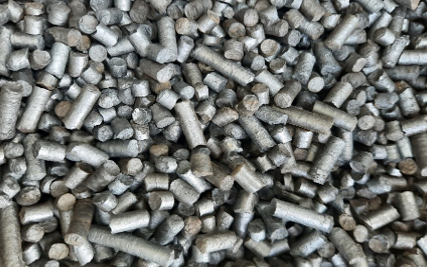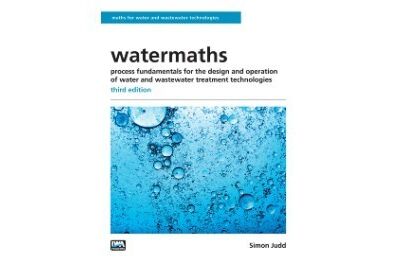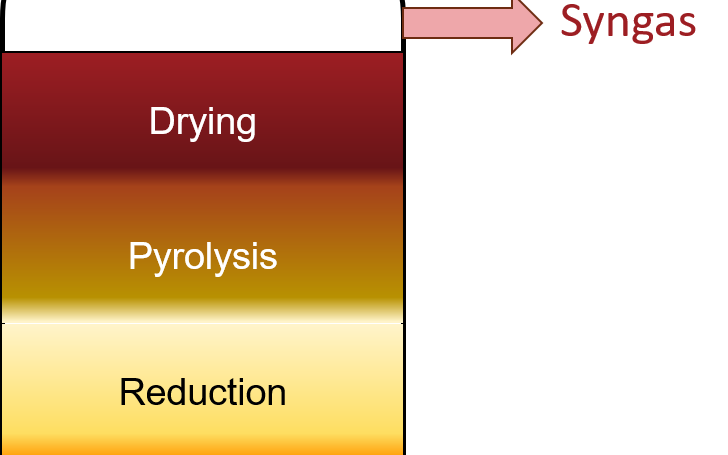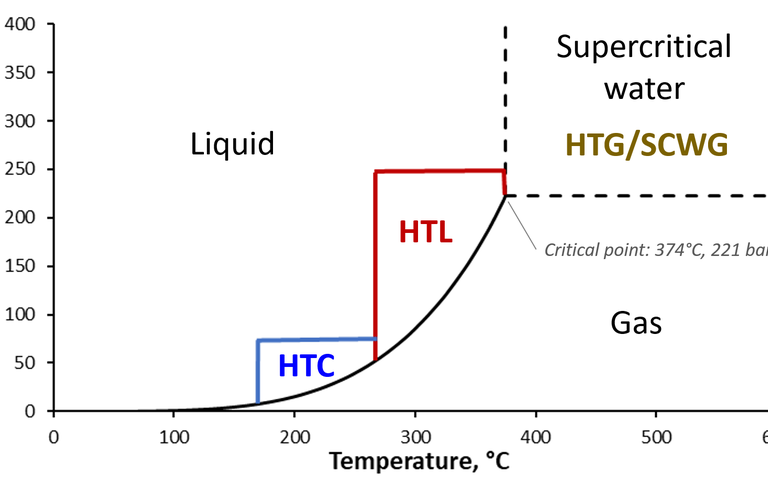
Sludge treatment − pyrolysis
Pyrolysis refers to the decomposition of organic matter at elevated temperatures in the absence of oxygen and water
Your web browser is out of date.
Update your browser for better security, speed and to get the best experience on this website.
Non-oxidative thermochemical treatment methods include pyrolysis, gasification and hydrothermal processes such as hydrothermal carbonisation (HTC), liquefaction (HTL), and gasification (HTG).
An example of the pyrolysis process for sewage sludge is the Eisenmann Pyrobuster® − demonstrating thermal treatment of sewage sludge.

Pyrolysis refers to the decomposition of organic matter at elevated temperatures in the absence of oxygen and water

Watermaths: Process Fundamentals for the Design and Operation of Water and Wastewater Treatment Technologies − available as an ebook

Gasification is an extension of the pyrolysis process for thermochemical treatment of sludge

Hydrothermal sludge treatment employs elevated temperatures and pressures in wet conditions and in the absence of oxygen
An overview of sludge basics − an introduction to sludge and sludge theory
An introduction to sludge thermochemical treatment methods
An introduction to oxidative sludge thermochemical treatment methods